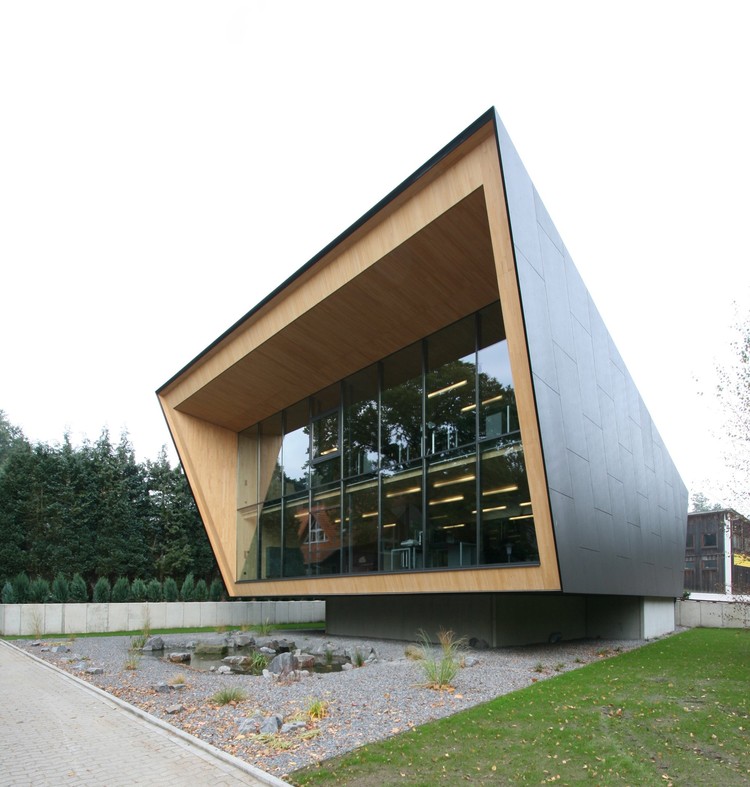
National Building Museum and Metropolis Magazine contributor Andrew Caruso takes you “inside the design mind” of Pulitzer Prize-winning architecture critic Paul Goldberger.
It’s rare to find someone willing to pay for opinions these days, and rarer still to be known for them. Yet, Paul Goldberger has crafted a career by objectively navigating the subjective. As an arbiter of quality in architecture and design for nearly four decades, he spends a few moments with me to reminisce about the “short break” he took from journalism that led to, among many accolades, the Pulitzer Prize in 1984 and, more recently, the Scully Prize.
Andrew Caruso: You’re being recognized this year by the National Building Museum with the Vincent Scully prize. Given your relationship with Scully began when you were a student at Yale, this must be a very meaningful award.
Paul Goldberger: Scully was very much a teacher and mentor to me. Actually my first exposure to him was a high school visit to Yale. I observed one of his classes and was blown away. He was one of the reasons I wanted to go to Yale in the first place and I was lucky to work with him through college and as my thesis adviser.
The complete interview after the break…












